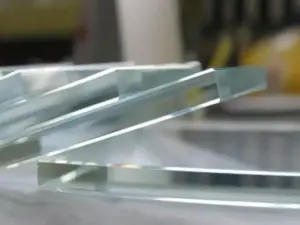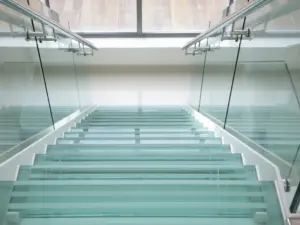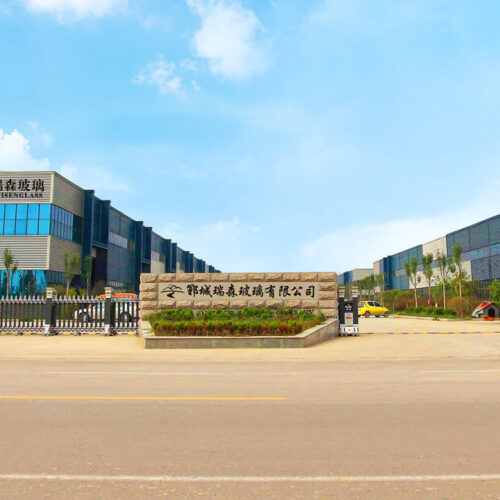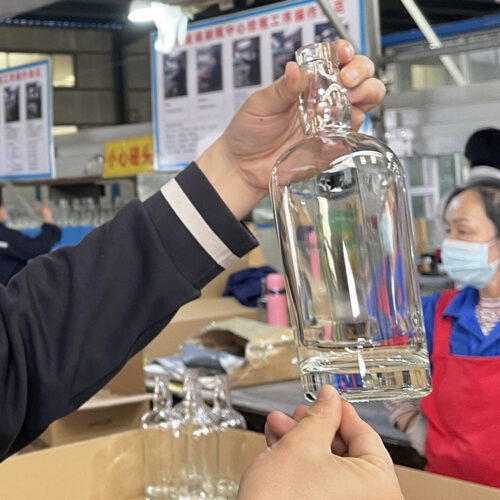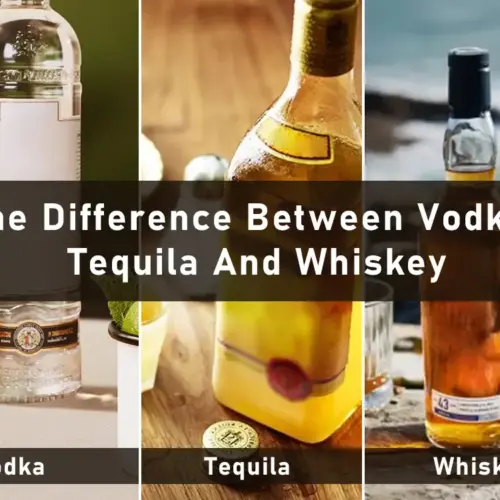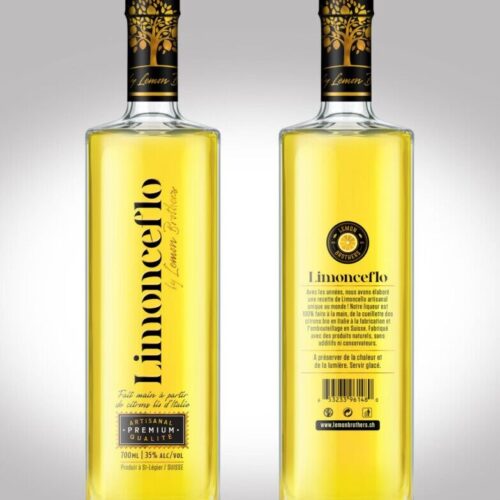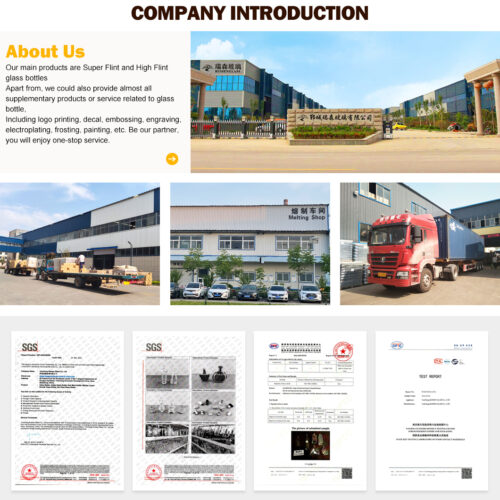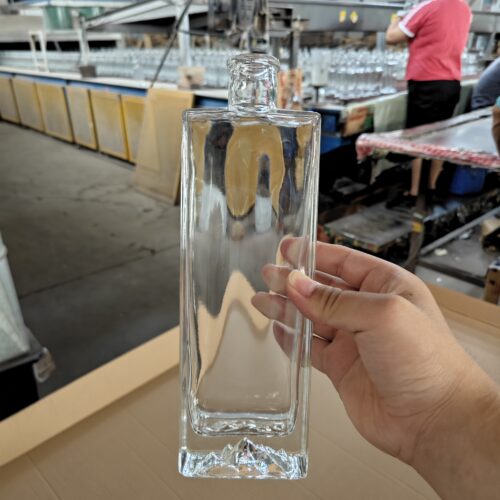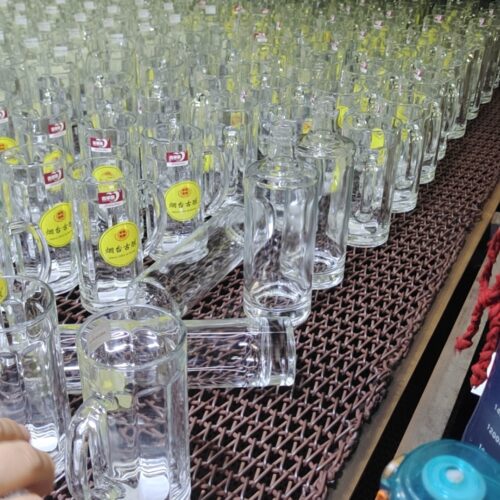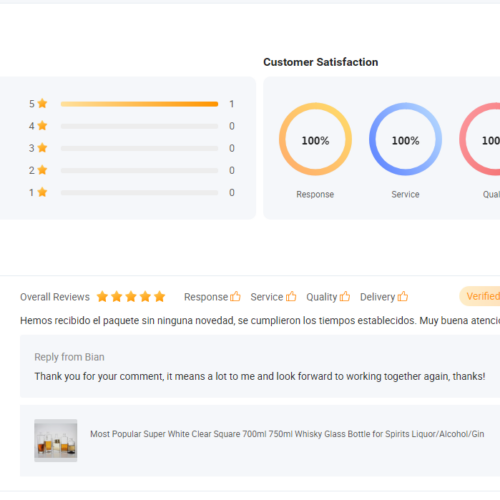Glasses made with different materials exhibit different properties. Glass prices, durability, and overall market value depend on their materials. The usage of different materials leads to different types of glasses. Borosilicate glass vs tempered glass are two of the most popular types.
This comparison revolves around their making material. Both are robust, and their strength is a reason for their popularity. But people tend to debate which one is better. Therefore, this guide will draw a detailed comparison between these two types. So, let’s get started.
Overview of Borosilicate and Tempered Glass
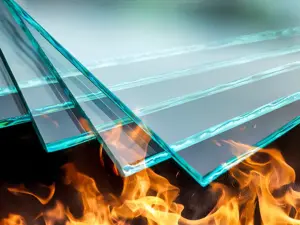
Borosilicate glass is well known for its excellent thermal resistance. It is made from silica and boron trioxide. On the other hand, tempered glass is made from physical stress. It offers outstanding thermal stability but is weaker when sudden temperature changes occur.
From a durability point of view, borosilicate glass is second to none. However, both of these glasses have pros and cons. People with tight budgets usually prefer tempered glass. Both of these glass types are made through different manufacturing processes.
The significant difference between these glasses lies in the production process. Borosilicate glass is the result of a chemical reaction. Tempered glass is made after extreme heating, cooling, and stressing. It is pressed to such an extent that it becomes solid. However, it is not resistant to sudden changes in temperature.
Quick Highlight: The borosilicate glasses consist of 15% boron trioxide. This material has excellent strength and is known for its durability. It has a low coefficient of thermal expansion. It does not expand or contract significantly from extremely hot to excellent conditions.
Borosilicate vs Tempered Glass: 6 Key Differences
Apart from the compositions, there are a few other differences as well. These distinctions make them suitable for making different products. Both of these glasses types are suitable for people with different budgets. Let’s drill down and discuss those essential differences between them.
1- Manufacturing / Production
First, let’s discuss the production of borosilicate glass. This glass comprises silica, boron trioxide, soda ash, and alumina. These ingredients are mixed and heated to 1650°C (3000°F) high temperatures. As a result, a homogenous liquid is produced.
This homogenous liquid is called molten glass. It is then cooled and shaped in different designs. Methods such as cooling, blowing, pressing, and drawing are critical. They help convert molten glass into borosilicate glass. On the flip side, tempered glass does not contain boron trioxide.
Silica, soda ash, and limestone are heated at 1700°C. As a result of this intense heating, molten glass is produced. This glass then undergoes gradual and steady cooling. Keep in mind that the molten glass is then shaped in different designs. This is not the end, as this shaped glass further undergoes a reheating process.
This time, a lower temperature of 620°C is provided. Moreover, stress is applied to the glass to make it stronger and more durable. The internal stress makes the glass more robust and durable. Furthermore, the pieces of this material are less dangerous when they break. The presence of boron trioxide makes the borosilicate glass very thermally stable.
2- Thermal Resistance
This point is more related to the explanation given above. The presence of boron trioxide makes borosilicate very stable. For example, if this material is in the fridge, you can easily take it to the oven rack. Due to this sudden temperature change, this glass will not break.
The reason is that boron trioxide has a low coefficient of expansion. In other words, this material does not significantly expand when heated. This makes borosilicate very strong and durable. Conversely, tempered glasses cannot bear such sudden temperature changes.
The reason is that it lacks boron trioxide. But this does not mean that tempered glass is weak. It can bear extreme temperatures. It breaks when it undergoes sudden temperature changes. This feature makes borosilicate glass a superior option to its counterpart.
3- Strength and Safety
Both of these glasses are very strong. Their durability is something that makes them popular. You can use them at extremely high temperatures. This is why they are used to create products that remain under the sun, such as windows. However, their safety varies from each other.
When the tempered glass breaks, it goes into blunt pieces. However, these pieces are relatively safe. You can pick up these broken pieces with your hands and not get injured. Have you ever noticed a broken piece of a truck’s windshield glass on the road?
The tires don’t get punctured even if you drive on those pieces. The reason is that they are tempered glasses. However, when the borosilicate glass breaks, its pieces are very sharp. Touching them with naked hands can cause injuries. Tempered glass is relatively safer.
4- Chemical Resistance
The bonds between atoms of borosilicate glass are stable. They don’t break even in the harshest conditions. Even in the presence of water, this material remains in good shape. So, this glass stays safe from rust. This is because water does not cause any reaction in this glass.
However, tempered glass is prone to rust and corrosion. It undergoes different chemical reactions. The lack of boron trioxide also makes it weaker. People prefer borosilicate rust-proofing. This drawback also reduces the prices of tempered glass.
5- Self-Explosion
Have you ever heard of glass exploding without any external force? This happens due to the self-explosion phenomenon. Remember that this explosion does not require any external force or factor. This phenomenon is common in tempered glasses, which are not thermally stable.
When they undergo rapid temperature changes, they expand, contract, and break. Moreover, tempered glass also contains nickel sulfide. This material expands to a large extent when exposed to high temperatures. This makes tempered glass a weak option. Let’s discuss the self-explosion in borosilicate glass.
The thermal stability in borosilicate is excellent. It does not expand to high to higher degrees when heated. It has a low coefficient of expansion. So, it does not expand or contract when shifting from extremely high to low temperatures. This is why the explosion of borosilicate glass is rare.
6- Cost & Affordability
The price of the glasses is a crucial factor for everyone. No matter how good a glass is, most people won’t buy it if it is overpriced. So, which of these two glasses is more affordable? No other than tempered glasses! However, borosilicate glass is considered a premium option. It has all the features that you would expect.
And it has strong boron trioxide, which is stable when exposed to sudden heat fluctuation. It won’t break or rust even under the world’s conditions. However, these glasses are more expensive than tempered glasses. So, the question arises: Which should you prefer for your task?
If you have a handsome budget, it would be wise to invest in borosilicate glasses. They will last for years, and you won’t have any quality-related issues. I don’t suggest tempered glass due to its weak chemical and thermal stability.
Applications of Tempered & Borosilicate Glasses
As we have discussed, these two glasses differ from each other. Due to those distinctions, the application of these two glasses is also different. Let’s compare the primary application of these two types:
| Tempered Glass Applications | Borosilicate Glass Applications |
| Windows and doors (architectural) | Oven-safe dishes and bakeware |
| Shower doors | Microwave-safe kitchenware |
| Smartphone and tablet screens | Chemical storage containers |
| Office partitions and facades | High-intensity lighting fixtures, i-e, projectors, etc |
| Side and rear windows | Laboratory glassware (beakers, test tubes) |
It is noteworthy that both of these glasses are common across the industries. However, their selection of any specific product is based on its features. For example, if rust-proofing is required, borosilicate is preferred. Similarly, tempered glass is suitable for products that remain under high temperatures.
You might be curious about the glass used in bottles. Notably, both of these materials can be used in liquor bottles. However, glass bottles made with borosilicate are preferred. In other words, borosilicate glass is more suitable for liquor bottles of every size.
Frequently Asked Questions
Which is better, tempered glass or borosilicate glass?
Both of these glasses are excellent in their ways. However, the borosilicate is superior due to its better thermal stability. However, it is super expensive, which is a drawback.
What are the disadvantages of borosilicate glass?
Borosilicate glass is very brittle and can break. Moreover, its price is also high, which is another negative point. However, people still prefer it. This is because it behaves better under sudden temperature changes.
Does borosilicate glass break easily?
Borosilicate glass is decently solid and durable. However, it is brittle, so it can still break upon impact or if it is subjected to significant force. Under normal conditions, this glass remains in good condition.
Is borosilicate glass better than regular glass?
Yes, borosilicate glass is superior due to its excellent thermal stability. Keep it in the fridge or oven rack; this glass will not break. Regular glass is more prone to failure when faced with high temperatures.
Can borosilicate be tempered?
No, borosilicate glass cannot be tempered. It does not respond well when undergoing extreme stress due to its brittle nature.
Conclusion
Undoubtedly, both tempered and borosilicate glasses are commonly used. Both offer unique value to the users. However, they differ from each other in many ways. From thermal stability to rust-proofing, their features make them suitable for different activities.
This guide covers every aspect of these two glasses. If you have any queries, you can contact us anytime. Our team at RuisenBottle will advise you on the glass type we prefer. In summary, borosilicate-made bottles are considered superior.

